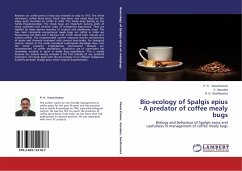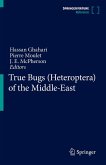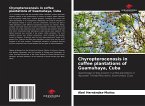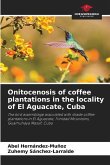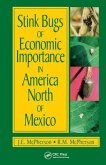Research on coffee pests in India was initiated as early as 1915. The white stem-borer, coffee berry borer, black twig borer and mealy bugs are the major pests recorded on coffee in India. The mealy bugs belong to the Family Pseudococcidae. The mealy bugs are important sucking pests of many cultivated and orchard crops of commercial importance. They are typified by many species injurious to tropical and glasshouse crops. The two most commonly encountered mealy bugs on coffee in India are Planococcus citri Risso and P. lilacinus Ckll. which attack both robusta and arabica coffee. The recommended control measures include maintenance of shade and chemical treatment with contact insecticides. For biological control, release of the exotic parasitoid Leptomastix dactylopii How. and the exotic predator, Cryptolaemus montrouzieri Mulsant are recommended. In coffee plantations, injudicious use of insecticides has sometimes resulted in spurt in mealy bug populations. This is mainly becausethe natural enemy complex is the first casualty of any pesticide treatment. This book deals with the bio-ecology of an efficient indigenous butterfly predator Spalgis epius which requires augmentation.
Bitte wählen Sie Ihr Anliegen aus.
Rechnungen
Retourenschein anfordern
Bestellstatus
Storno

